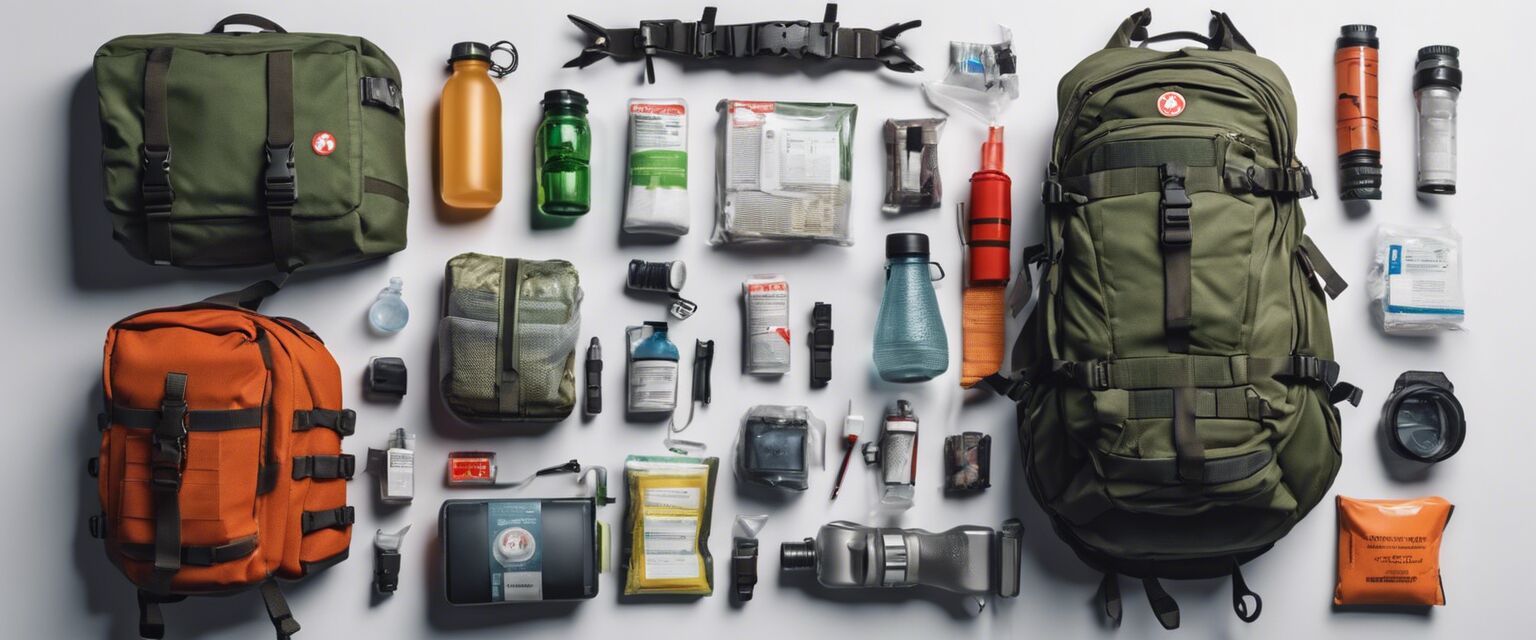
Emergency Kits and Preparedness: A Comprehensive Guide
Being prepared for emergencies is crucial in today's uncertain world. Whether it's a natural disaster, a power outage, or a personal crisis, having an emergency kit can be a lifesaver. In this article, we'll guide you through the process of assembling and maintaining emergency kits for various scenarios.
Key Takeaways
- Identify the types of emergencies you need to prepare for
- Choose the right items for your emergency kit
- Consider the specific needs of your household members
- Regularly check and update your emergency kit
Types of Emergencies to Prepare For
Before assembling your emergency kit, it's essential to identify the types of emergencies you need to prepare for. Some common scenarios include:
- Natural disasters (earthquakes, hurricanes, wildfires)
- Power outages
- Personal crises (injuries, illnesses)
- Terrorist attacks or civil unrest
Essential Items for Your Emergency Kit
When it comes to assembling your emergency kit, it's crucial to include essential items that will help you survive and thrive during a crisis. Some must-haves include:
| Category | Item | Why It's Essential |
|---|---|---|
| First Aid | Bandages, antiseptic wipes, pain relievers | Treat minor injuries and prevent infection |
| Lighting | Flashlights, candles, matches | Provide light during power outages |
| Hydration | Water bottles, water purification tablets | Stay hydrated during an emergency |
| Food | Non-perishable snacks, energy bars | Provide sustenance during an emergency |

Customizing Your Emergency Kit
It's essential to customize your emergency kit based on the specific needs of your household members. Consider the following:
- Infants and toddlers: diapers, formula, baby wipes
- Pets: food, water, medication
- Senior citizens: medical equipment, extra medication
Maintaining Your Emergency Kit
Regularly checking and updating your emergency kit is crucial to ensure it remains effective. Some tasks to perform regularly include:
- Checking expiration dates of food and medication
- Replacing batteries and light sources
- Updating your kit based on changing household needs
Additional Tips and Considerations
Beginners Section
- Start small and build your kit over time
- Consider investing in a portable kit for your car or office
- Practice using your emergency kit items to ensure you're familiar with them
Conclusion
Assembling and maintaining an emergency kit is a critical step in preparing for unexpected scenarios. By following the guidelines outlined in this article, you'll be well-equipped to handle whatever life throws your way.
Pros
- Increases sense of security and preparedness
- Can be customized to meet specific household needs
- Can be used in a variety of emergency scenarios
Cons
- Requires regular maintenance and updates
- Can be costly to assemble and maintain
- May not be effective in extreme emergency scenarios
For more information on survival tools and weapons, check out our guides on Fire Starters, First Aid Kits, and Knives.

Remember, preparedness is key to surviving and thriving during an emergency. Start building your emergency kit today!

Stay safe and prepared with our comprehensive guides on survival tools and weapons. Check out our guides on Multi-Tools and Navigation Tools to learn more.









